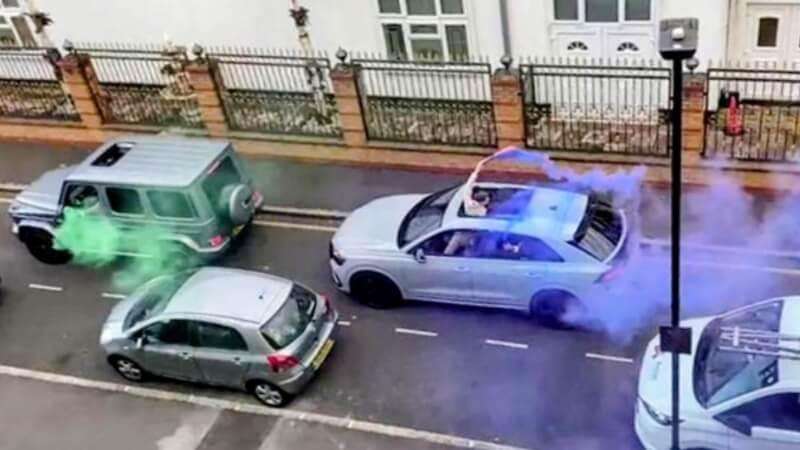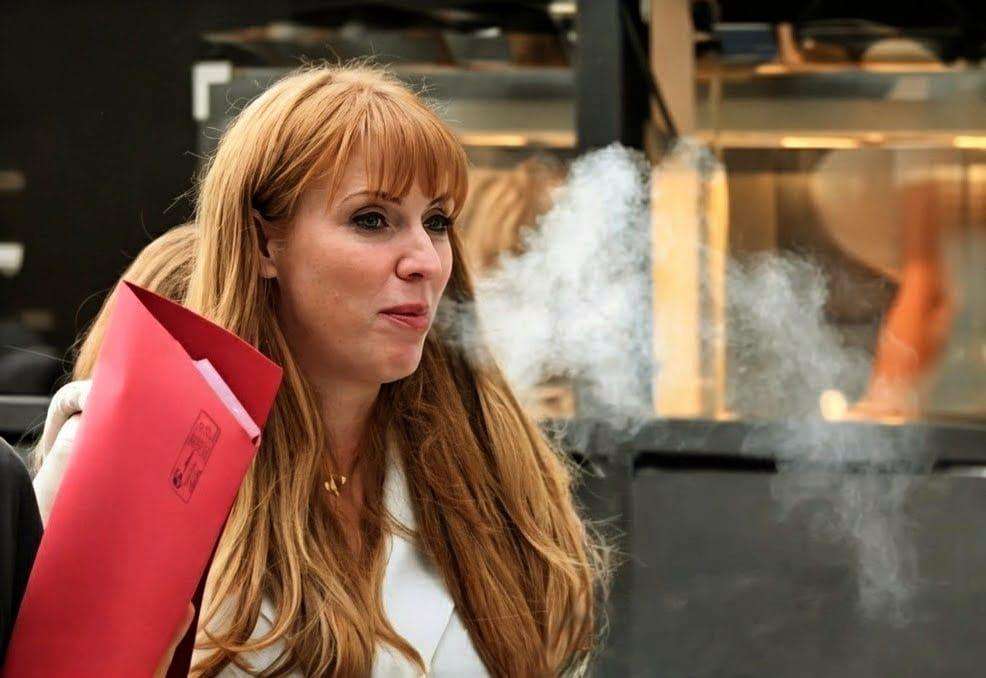A staggering army of hidden homeless is growing across the capital, with new figures revealing that 341,421 households were stuck on London’s social housing waitlists as of March 31 this year. While official data counts these as "households," the human toll is far higher, with an estimated 850,000 men, women, and children currently waiting for a secure home—a population roughly the size of San Francisco living in uncertainty.
The data, released by the Ministry of Housing, Communities and Local Government, marks a two per cent rise from the previous year, confirming that despite promises of reform, the queue for a safe home is only getting longer. Housing charity Shelter has condemned the figures, stating that thousands are being pushed into homelessness because successive governments have "failed to build enough genuinely affordable social rent homes."
A Tale of Two Boroughs
The crisis is not distributed evenly across the capital. Newham currently holds the unenviable title of the borough with the highest number of desperate families, with over 38,000 households vying for a fraction of available properties. Lambeth follows closely behind, creating a corridor of acute housing stress in East and South London.
While Newham has the highest total volume, Waltham Forest has seen the most rapid deterioration in conditions. The north-east London borough recorded the region's largest spike, with its register surging by 31 per cent in just twelve months.
At the other end of the spectrum, the City of London maintains the lowest numbers due to its tiny residential population. Richmond recorded a statistical drop of 46 per cent, but experts warn this does not necessarily reflect people being housed. Instead, it often indicates aggressive administrative "reviews" where applicants are removed from the list for failing to update their details or meeting stricter new criteria—a bureaucratic sleight of hand that cleans the data but leaves the families homeless.
Decades in the Waiting Room
The time spent languishing on these lists has moved from months to decades. While national statistics suggest only a small percentage wait over ten years, the reality on the ground in London is far starker. In Barking and Dagenham, recent reports have cited average waiting times stretching to over 25 years.
For larger families, the situation is effectively hopeless. In boroughs like Westminster, projections for securing a four-bedroom council property have reached a theoretical wait time of over 100 years, meaning a family applying today would pass away before receiving a set of keys. These "forever waits" force families into expensive, unstable temporary accommodation, costing taxpayers millions while leaving children to grow up in hostels and B&Bs.
Why The Situation Will Not Improve
Despite the outcry, the reality is that these numbers are unlikely to fall. The primary driver is a broken ecosystem where the sale of social housing through Right to Buy has decimated stock that was never replaced. For every home built, multiple are sold off or demolished, creating a net loss of affordable units year on year.
Furthermore, the figures are artificially suppressed. The Ministry of Housing noted that registers are frequently affected by reviews to remove households. This creates a "mirage" of improvement where lists shrink not because homes are built, but because vulnerable people fall off the administrative radar. With 1.3 million households waiting nationally and a funding gap that councils describe as a "black hole," the queue for London’s social housing is not just a line—it is a loop with no exit.

.jpg)


.jpg)



.svg)




